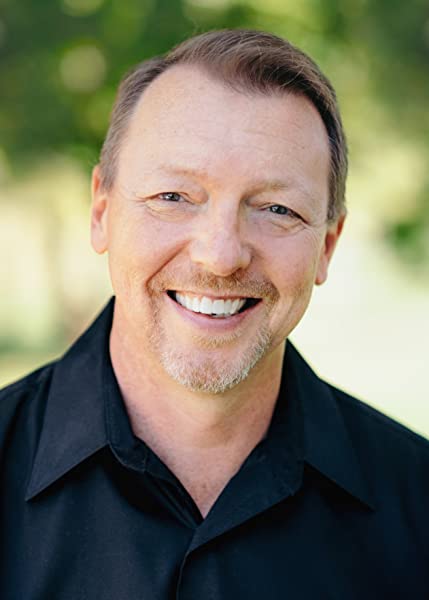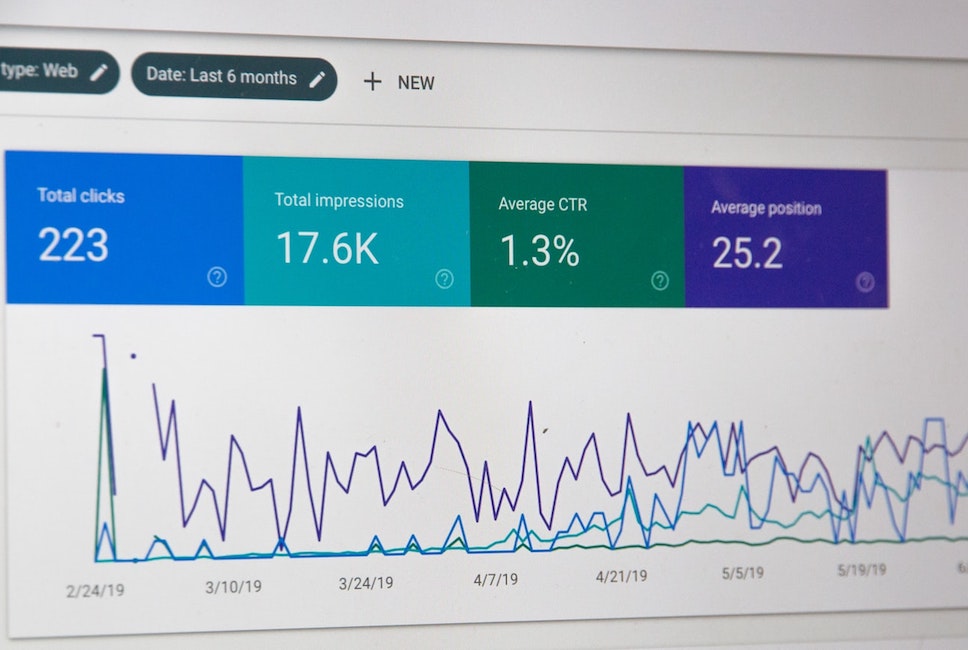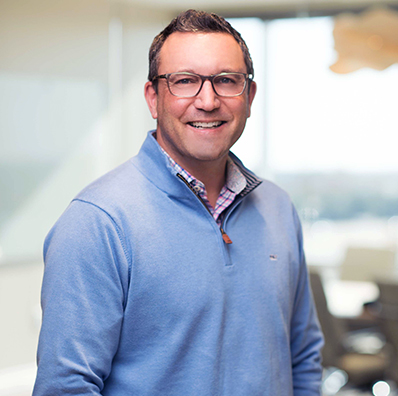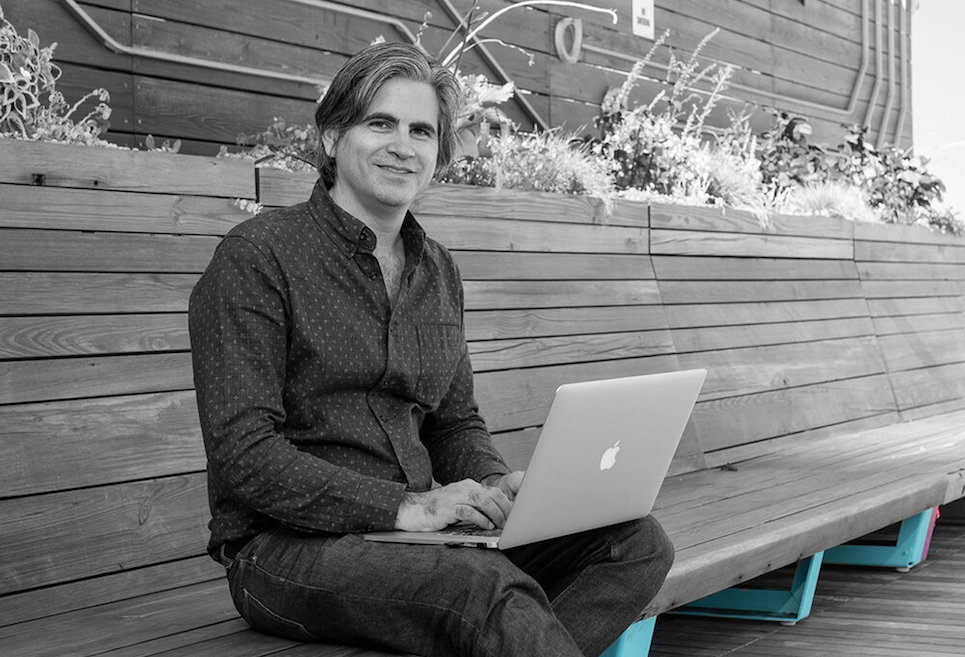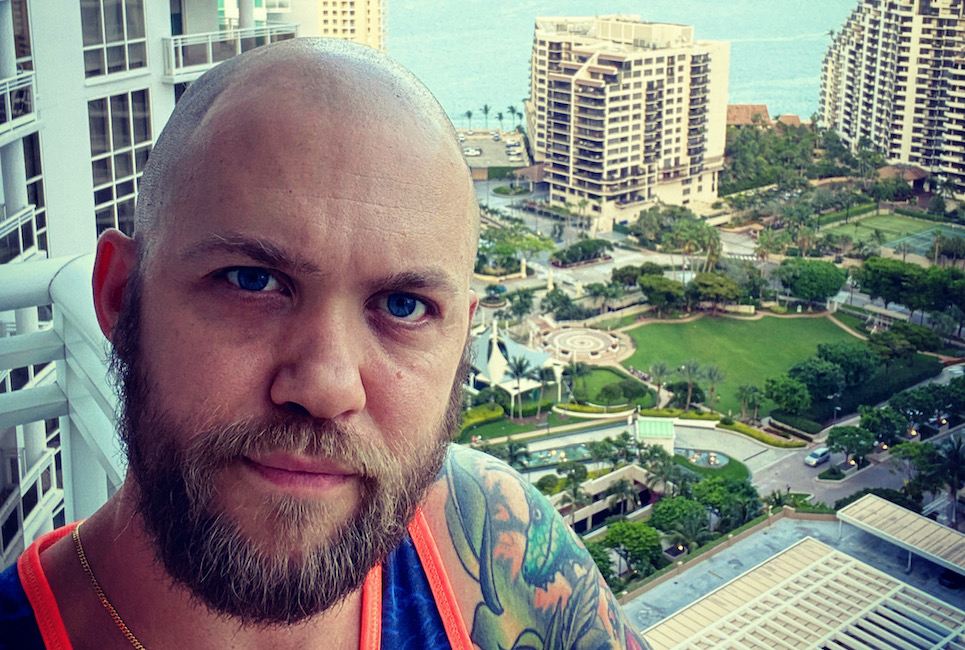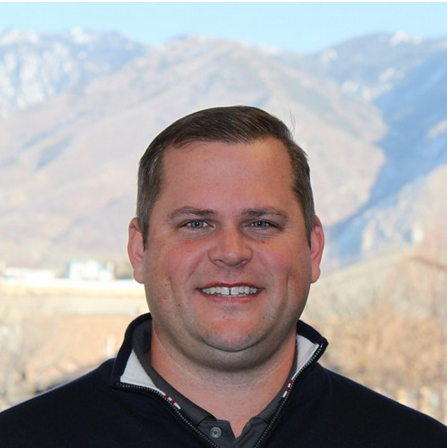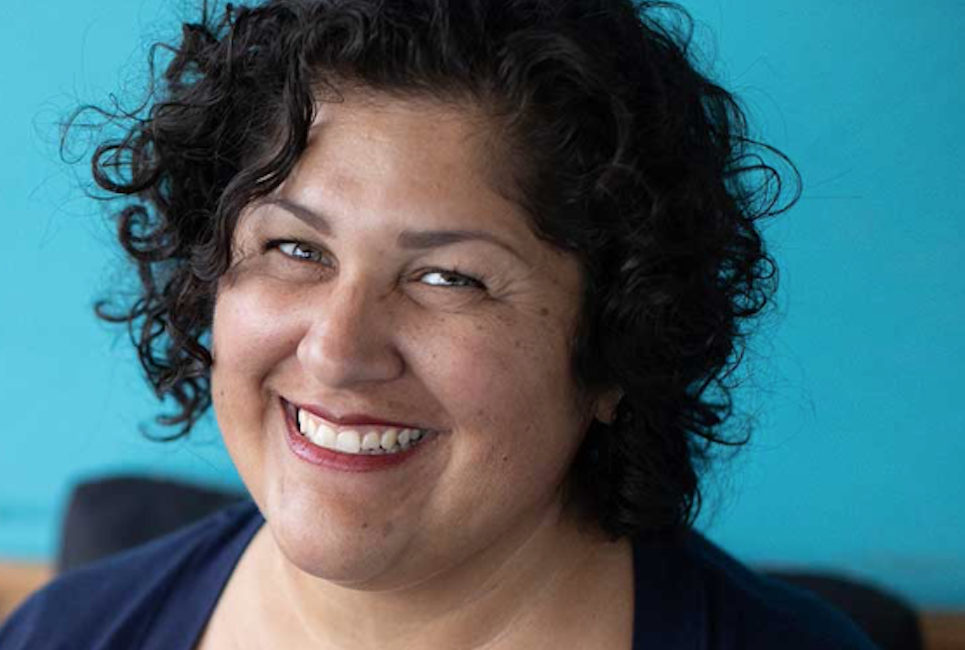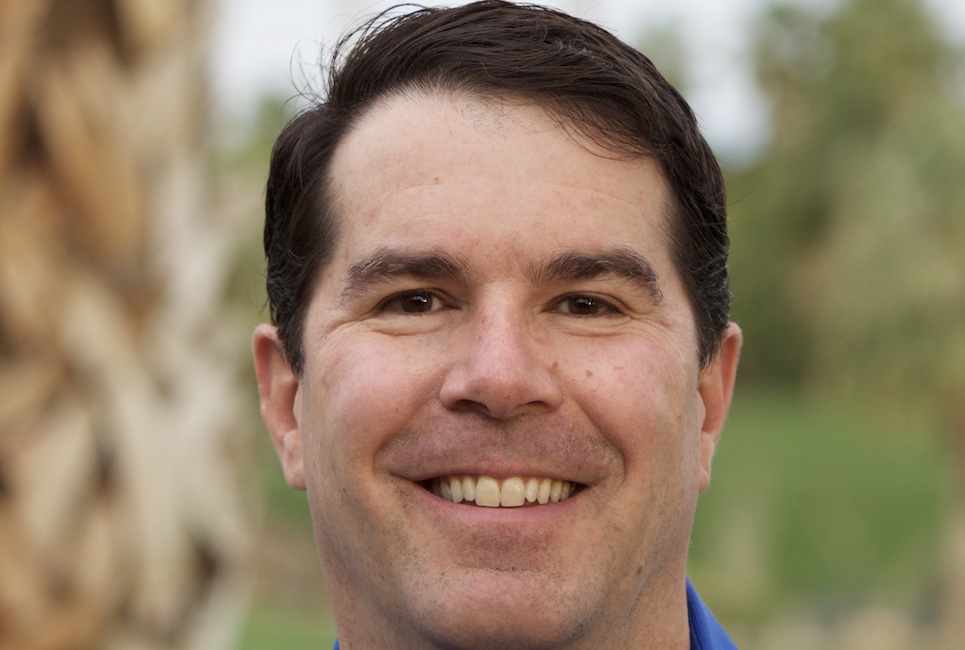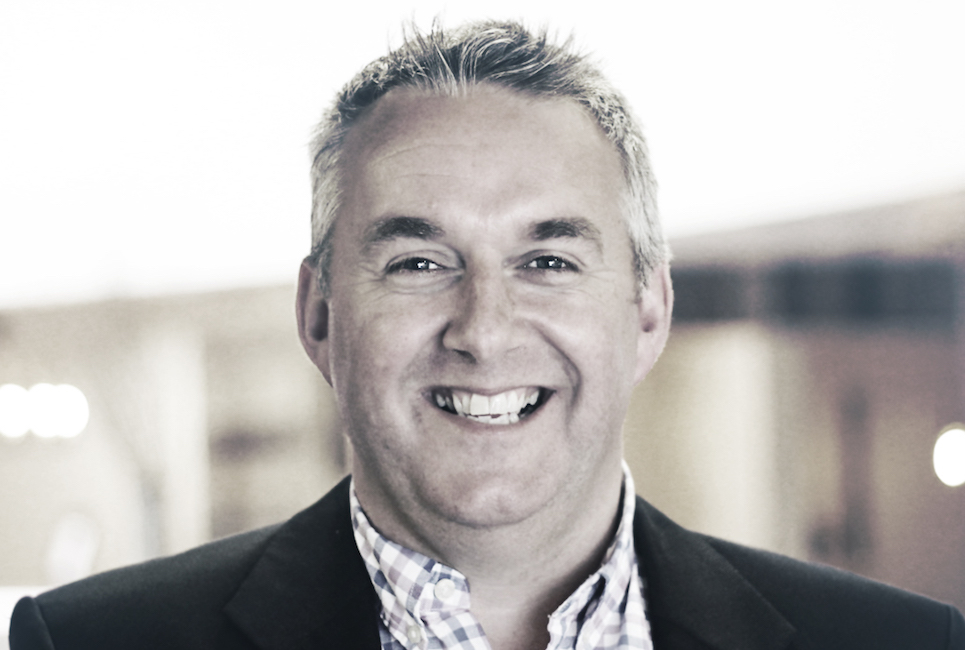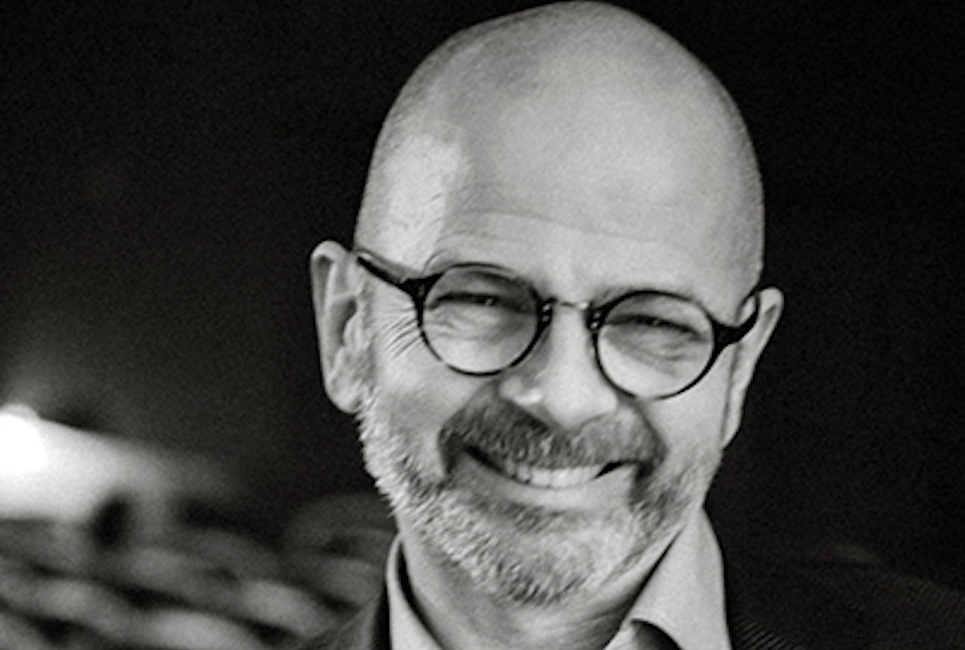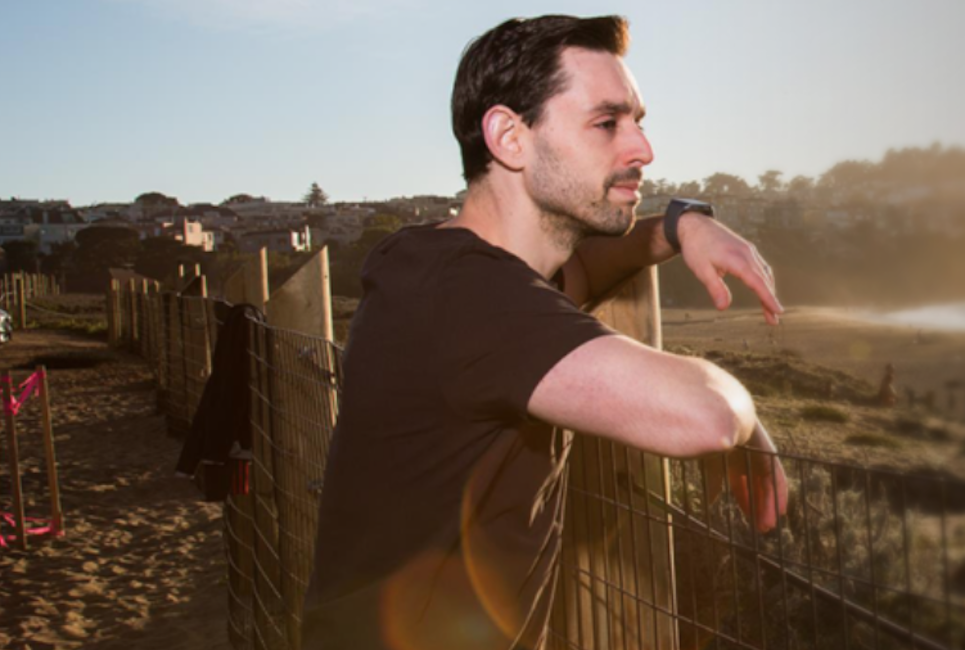Subscribe to this show on Spotify | iTunes | Stitcher | Soundcloud
Have you ever felt like taking a shower after seeing so many spammy ads? It makes you not like the idea of marketing sometimes or gives the wrong impression. What if you stopped thinking like a marketer for your business?
Change Creator Co-founders, Adam and Amy, discuss why you SHOULD stop thinking like a marketer and share some fresh counterintuitive perspective that will help you sell more and feel good!
We also recommend:
- Brian Robinson: Becoming a Selling Jedi Master For Your Startup
- Adam Force & Amy Aitman: How We’re Navigating Covid-19 as Digital Impact Entrepreneurs
- Russel Brunson: How to Get Tons of Traffic to Your Funnel
Transcription of Interview
(Transcribed by Otter.ai, there may be errors)
Adam G. Force 00:03
Welcome to the Change Creator podcast where entrepreneurs come to learn how to live their truth, get rich and make a massive difference in the world. I’m your host Adam forest co founder, Change Creator and co creator of the captivate method. Each week we talk to experts about leadership digital marketing and sales strategies that you can implement in your business and in life to go big. Visit us at Change Creator comm forward slash go big to grab awesome resources that will help drive your business forward. What’s going on everybody? Adam force here, hope you all are doing well. So we have some exciting topics to discuss today we’re gonna be talking about why you need to stop thinking like a marketer. And I know that sounds totally counterproductive but this is a fun conversation that Amy and I want to have and kind of share. We’re kicking off a Facebook Live series this week. So if you’re catching this live during Release here on the 21st. Or this week, just go to our Facebook page in our Facebook group and get to catch every day at 12pm noon. Yesterday, we will go boo will be going live can’t talk today. And we’re doing a series about sales and marketing for social good leaders. All right, and we’re calling it the mid year boost, because it’s been a crazy first half a year. And if you’re having some struggles, we’re going to talk about a lot of stuff that will help you with the second half a year to make sure that you boost your business so you can hit your goals and get where you need to go. So tune in to those Facebook Lives. You can catch them as we do them everyday this week at 12 noon, St. This conversation that Amy and I are having is, as I mentioned about stop to stop thinking like a marketer. And we’re going to get into a number of different topics and tell a couple stories around this. I think you’ll find really helpful it’s like a perspective shift. And if you missed the last episode, it was with john MacDonald. We talked about optimizing your existing website. site traffic so that you can get more, you know, sales buyers and things like that out of it. So, you know, we don’t want to just keep paying for paying advertising and getting one offs and things like that we want to for all the people we bring in, we want to get as much out of it as possible. So we had that conversation. Alright guys, I’m gonna let I’m just gonna get right into this conversation today. So let’s talk about why you need to stop thinking like a marketer in order to grow your business. Okay, show me that. Hey, what’s up everybody? We are so excited to be here right now. Because if you if you have caught us over the weekend or since late last week, we have been mentioning that we’re doing our mid year boosts. And this is going to be the first session for that mid year boost because it’s been a little bit chaotic the first half of the year, you know, few punches in the business world. But hey, this is no reason for us to not be successful and growing our businesses. So we wanted to use this week, every day this week to do a conversation at the same time 12 St. To kind of ramp you up and get you pumped with information and insights that will help you for the second half of the year. So you can be the guru sales and marketing person you need to be as a social good leader. So now if you’re catching the replay, just a reminder, I would love for you to let us know and just put replay in the comments. And of course, guys, if you have questions, put the questions in the comments, be part of the conversation. I know you’re not on here live like talking with us. But if you’re listening, and you have questions or comments, fire them up in there, we will get back to you and answer those. And we’ll take it from there. So, today, Amy, what are we talking about? I’m gonna pass it over you to kind of TSF on the topic and such.
Amy Aitman 03:50
Oh, well, today. This is really exciting because I think when I think of a mid year boost, I mean 2020 has been quite a year as we all know But like you said, it’s no excuse for us to keep growing our business because we need to boost our sales we need to boost our marketing we need to boost our the money that’s coming into our businesses so that we can help more people. And that’s why we’re here. Which video we’re going to cover the topic
Adam G. Force 04:23
thinking like a marketer, so you can have better marketing dude. All right, so stop thinking like a marketer Why? And you might be like, stop thinking like a marketer, I need marketing for my business. You know, so let me explain this a little bit because we’re going to cover a couple key things around the tech and the things that Amy outlined, and you’ll see in the description. But let me just kind of I want to share a story real quick that will help demonstrate this. So I had a just recently in April, we had a newborn baby little Jackson. Alright, he’s three. He’s just a few months old now. So my wife and I, we live in this amazing condo, we’re so lucky and grateful. here in Miami. We’re on the only little island in Miami we have an obstructed ocean views. My balcony is like an outdoor living room. It’s insane. And so love love being here. But ever since we had this little man, we need a little more space. Okay. We, that we’ve been together for over 10 years married and we decided, hey, we are going to buy our first house and we’re going to go into a nicer neighborhood by the bay and all this stuff. And so now we have to get rid of this condo and we don’t own the condo we’re renting. And yes, that is costing a fortune to be here. But it was well worth every penny. That’s for sure. You know, as we’re going through all this, guess what? We’re buying a house we’re selling. We’re getting this condo pass over to new tenants. We had the baby we had COVID we we had the Black Lives Matter movement, like everything is piling up. And so it’s been pretty stressful. So as people were coming in here, we had to keep cleaning up the house, get people to show the house too. And so the owner and the real estate agents, they’re all kind of like trying to get this done because we are out of here at the end of next week. We’re moving. That’s it right here. So they need someone to fill our space. Alright, so we had these couple come in, and we have many couples come in right? And so I would always try to talk to them if they had questions whatever I share insights but the the one day this couple came in, they had a baby, they’re about our rage. And they’re going through the house and they had some questions stuff. And I started like, really brain dumping like oh my god, you got to know this about the building. Oh, I don’t know this about the staff. Oh, this restaurant over here and I’m going I’m going I’m, I’m like doing all this stuff. And finally they left and they were here probably the longest compared to anybody because we really connected they’re really cool couple and they were very kind of in line with who we were. They had a baby that was also born in April. She was carrying it on her chest.
Amy Aitman 06:51
The odds of that, right.
Adam G. Force 06:55
So when they left my wife is like what are you doing? Like, what do you mean? What am I doing? And so she’s like, why are you selling this condo so hard, though, who gives a shit about it? Okay. And so I was like, confused for a second. I was like, Yeah, you’re right. I was like, honestly, I’m not selling the condo, I just, I genuinely love this place. I love where we are, I don’t really want to leave. I’m doing it because I love my my new son. And we want to get a new opportunity where we have this neighborhood and stuff. And so I sat down and this is a perfect example of when we are thinking of selling and marketing. You take the marketing hat off, stop thinking about marketing and think about what you love why you do what you do. If you are in line with who you truly are and something that you’re passionate about. You’re not selling, you’re not marketing, you’re truly genuinely just sharing information because you want someone else to get the same benefits that you’ve had. Right? This is when marketing and sales becomes a beautiful thing. And this is When you can truly help people get something special out of it, because you’re not approaching it with just a money mindset. When you do that we call it money breath. People know, you have money breath, and it never works. And you might get some wins here and there. But there’s nothing better than waking up and being super excited about what you have to offer. Because you love your clients, you love your customers, you want to help transform their lives, you want to make the world a better place. So this is what we do. And that was a great example of me not even realizing it and my wife calling me out okay,
Amy Aitman 08:34
but don’t leave us hanging. Did they ended they ended up renting out the condo,
Adam G. Force 08:39
very next day. I was supposed to have another group of people come in and they didn’t show up. So I reached out to the real estate agent and I guess there are no she was Oh, forgot to tell you. The couple yesterday made an offer and I said hey, how much of that commission do I get? I was so so Hello. So I don’t get any commission, but I get knowing that another couple who has a young baby is going to get this beautiful space that I know they are going to just adore. Okay, so that’s what makes me happy, right? It’s not to say I’m not going after a sale, I’m going after someone’s happiness, I’m going after helping them, okay, make some very, very big difference in our perspective, and the results that we ultimately get. So that’s why we say stop thinking like a marketer. All right?
Amy Aitman 09:31
Oh, that’s really yeah, that’s so true. And that’s why I’m part of this discussion that we want to talk about today is like when you need to ditch the tech and when you need to, like, embrace the tech. And we’ve seen a lot of people come to us and they feel like they’re one tech solution away. One, you know, one tactic away from their marketing really exploding. And like Adam says, they kind of put on this what they think is this marketing path and for some reason, it has to do with With tech and tactics, like we’ll hear a lot of marketing gurus out there talking about the next tactic and in next, a system or tactic or something that’s just going to save them for the marketing, and especially for social good leaders and people that have put a lot of passion into their business like, like Adam showing the apartment. I mean, he really loved this condo, it was any love the people and he could, could see them there. It wasn’t, it was completely genuine and we really love our business. So I thought sometimes I wonder why we seem to want to put on this marketing hat and think about tech and tactics. And we forget all of the things that make us special.
Adam G. Force 10:39
Let me just say based on that is the tech part of your business? Of course you need some technology. Do you need it to make sales and get going if you’re in the early stages, not at all You don’t even need a website, okay? And I can, I can stand behind that hundred percent. Now, the town end as we’re trying to grow and do different things like that. So, yes, the tech can feel overwhelming. But that’s why we have mentors and groups and people, they walk you through it, you don’t have to be overwhelmed with those things. That’s like the easy part. Honestly, it’s how we’re using it and what’s actually filling that tech, what’s filling it up have information and things like that. Because if you have that wrong as a marketer, like, if I was saying the wrong things to the wrong people, when I tried to sell that condo, apparently I was selling that condo, you know, it wouldn’t have connected with them and it wouldn’t have worked. All the tech and angles I played in order to schmooze them wouldn’t have mattered. So this it comes down to really what’s what’s what you’re putting into the machine. You know what I mean?
Amy Aitman 11:44
Yeah, that’s a really important point and I’ve had in my career as a digital marketer and storyteller and communicator. I’ve helped a lot of people like improve their funnels and the first thing I know a lot of people look at is like, did you set this up? Write this up today. Pirbright. The first thing I like to look at is like the messaging is the stories that people are telling. Are they really connecting? And do they know who they’re serving? So one of the things we want to talk about today is like how to attract the right people. And, and how to see like, are you really attracting the people that are going to buy from you that you can help? Yeah. Because you could have had, you could have done like, 10 showings of your condo, and they might not have been the right people. It might have been people that you know, you just you couldn’t see. And as soon as these people came in, and so many things in common with you, you could see them in the apartment. And I feel like that’s how it is with our businesses and our solutions to I meet people, I talk to entrepreneurs All the way All like all the time that are really, really perfect fits for what we do and the captivate method. I also talked to a lot of entrepreneurs that aren’t ready yet. And I say to them, I don’t think you’re ready yet. I don’t think this is for you like, right. You have to really know like, if you’re attracting the right People and I can tell you from experience here at Change Creator, you can get a lot of attention from the wrong people, you can get a lot of attention, you can get a lot of attention. I mean example. So back in the early days, we had one of our contributors, one of our writers that contributed for us had this huge audience in I want to say, I forget the country, but it had a huge audience. Very different. They were they wanted to become writers right out and they want to become writers and he had a huge audience. We asked if he could share one of our lead magnets of the time for the magazine with him. And guess what, we got a lot of people on our list that danger 1000 maybe 15 like for a couple of years. Yeah, couple of thousand one day. And as we were talking to those people, and as we reached out to these people that came on our list, we realized like this is not a good fit. They didn’t really have businesses, they were freelancers. They were like amazing. People and they love what they were doing. But they weren’t a fit for what, like what we were selling. And it was a really good lesson. Like, a lot of people focus on traffic and on getting tons of traffic and getting tons of eyeballs, which is great if you have the right message. It really is. It’s really true.
Adam G. Force 14:18
I mean, everybody, a lot of times people skip that messaging part and we don’t really know what it means to get to how to find that message. Right, that clarity. And you know, I say the word clarity a lot because it’s important throughout every step of the business disparity. And it’s amazing because Amy and I will still get clarity today on things that we are already sharp on and we’ll be like whoa, fresh perspective, like even more clarity. And you’ll notice as you go from five figures to six or seven years like there’s constant stages of clarity as you mature as an entrepreneur, and it makes a big difference and your point about the wrong people as well taken even some of the people that came into to continue my condo sales story. You know, they did come in and do some people didn’t ask as many questions. They looked around, they’re in and out quick. And it didn’t inspire a conversation where I was really like pushing hard. It was this particular couple that came in, they were asking questions they were, and they were the right fit, you know, and all of a sudden, I’m selling hard to these guys, without even realizing it. It’s just because I loved it. And I wanted to see their family, find this place and get all the great benefits and have a wonderful, you know, experience here. So it’s so it’s like, as you get further further along, it’s like you realize these things and and you can simplify the overwhelm of your business so much, right,
Amy Aitman 15:41
you’re so right, that clarity is so important. And one of the things that I’ve really realized is that clarity of self we spend a lot of time working on clarity of self and the captivate method for one reason. And 20 has been a crazy year. And, I mean, this is what happens in businesses. I mean, I saw About an email yesterday and I talked about the changes that that we have to endure. And one of the changes that we have found that’s so important is how you grow and you change. Like Adam said, we still become clearer to our messaging to what we’re doing to our offer every day, because we’re still working on our clarity of self. And this is a mindset and a lot of people want to skip over this. But I can tell you who doesn’t skip over this step seven, eight figure entrepreneurs. That is all they do. This is what they focus on. The ones that need the social impact leaders out there, like, could you imagine Adam is like Blake Mycoskie didn’t tell a story didn’t have clarity themselves. I mean, he still works on that. I see I’m on Instagram feed all the time. And he still journals he still looks on himself. He still looks
Adam G. Force 16:49
Yep. Oh, and maybe I got something in the mail about his new business like I guess Ron is this because you know if you guys don’t know we interviewed Blake, we did a really great like video interview. You could check that stuff out tons of good information. They’re, and he sent this thing in the mail to me. It was a whole package about a new business. He was starting in a powerful story behind the whole thing. trinkets and I’m like, all I could think is damn it must be nice to have the money to send this out. My point is, though, that yes, everything was wrapped in the right stories. And it was pretty, pretty impressive stuff. But yeah, so you know, so I mean, why do some so many digital market goes broke? I think we kind of started hitting that it is because of this lack of clarity when it comes to the message. Or, or let me say and, and this desperation of trying to sell where you’re going after the money which Yes, we all want to get rich. I want to get rich. I want to be rich and money. I want to be rich in my freedom and my joy and everything in life, right? But when it comes to money, we if we’re doing what I did with the condo and we’re selling from a public In our heart without even realizing we’re selling, it’s just that we want someone else to get these great benefits we’re offering. That is the selling that works. And you’re not even thinking like a marketer, or you have the Oh my God, I gotta pay my rent. I’m panicked, I’m nervous, and I got to make How do I make a quick thousand this month? How do I make a quick 5000 and then all of a sudden, you’ve got money breath, and it doesn’t matter if it comes out of your mouth verbally or not the non verbal gestures from bodily expressions. It reeks
Amy Aitman 18:28
from experience. I mean, we just bought a brand new Jeep. And I can tell you, we went to a couple places, and the first person, like kind of wreaked of money breath. I mean, it was like, I mean, I understand it’s been through COVID he’s got bills to pay. He wants to sell us this Jeep, and I can tell you one thing, like we were like, 80% of the way there we went in to see these jeeps. Yeah, we’re like we’re getting a jeep. No one’s talking about that. We want a jeep. This should have been an easy sell. Like a lot of you have people in your audience that are like that letter. Let it Me and my husband getting this cheap. They want what you have. But we put up these barriers because of like, Adam says money breath, or we’re thinking about the bottom line, or the end of the month comes and we have to get our quotas in it or our sales goals in and that’s like, that turns everybody off,
Adam G. Force 19:18
I enroll the wrong perspective like, though what drives their perspectives, sometimes their perspectives that are created from the stimulus of stress, right? You go so that stress creates that perspective that you have. So we have to start orienting ourselves and say, Where am I right now? Like, why am I feeling these ways? How do I overcome that? Because we really it cut, right? I mean, it comes down to that perspective of how we are approaching these situations, that’s going to make all the difference. And, you know, we’ll keep reiterating the story of the condo versus that money breath. Those are the two, two sales worlds that make to make this very easy today, to think about because they’re very different perspectives and You know, I can get into the science behind this. But yeah, people they know and they sense everything that you’re feeling too. So it’s like, it’s like translating to them.
Amy Aitman 20:09
Again, it’s the stories that you’re telling yourself. And so that clarity of self is really important if you’re telling yourself the stories of desperation, or I need to make the sale or I’m not sure if my offer is good enough, or I’m not sure if I’m helping enough people, or there’s so many are selling books, you keep saying your marketing sucks, or here’s one that we see all the time. And if this is you, I want you to be bold, and I want to put your hand up in the chat. You see me you see sucky marketing all the time. And you’re like, Oh, I don’t want to be on this list. I don’t want to see this ad. I don’t want to be on the side. If that is you, I want you to turn that back on you and say why are you seeing that? Is that how you feel about your offer? Because I can guarantee you if you believe, with like, no shadow of a doubt That your offer is helping people, and that your business is helping people and you will love to sell. Because that means you’re helping more people. And that means that you’re changing their life. And if you are someone that sees marketing all the time as slimy and skeezy. Yes, are they’re the slimy gurus out there. They’re the slimy people out there. They’re just I mean, he was part of the deal. Of course, there’s a there out there. But if that’s all that you’re seeing, that I want you to take a step back and look at yourself and look at your money mindset. Look at your sales mindset, and change it up, change that up. Because guess what you’re going to start to attract the things in life, the more authentic you’re gonna start to see that, you know, selling really is helping and we’re going to say this over and over again, because it’s something that
Adam G. Force 21:49
we all need to hear. It’s important to tee up the series this week, too. That’s why this first, we want to create like a little bit of like a stepping stone mindset. And I think we’ll wrap up here, Amy, and my final state is gonna be You know, this is really about how sales becomes authentic, right? And getting new customers, buyers clients, whatever you want to call them is not about being a great marketer or salesperson. It’s really about loving what you do. And truly wanting to share that transformation with someone who want to help someone you want to do something good, like when you approach it from these perspectives, because you’re excited you love it. It just works out way better.
Amy Aitman 22:27
Really great tip to leave us mid year boost on. So your first boost is like, it’s about loving what you do and doing more of what you do. Let’s take our marketing right now.
Adam G. Force 22:38
It’s I hope that the condo story that we did here does demonstrate that well. Okay, Amy, what are we gonna leave them today? I mean, they want to basically let’s give them some clarity. Let’s give them like some things that they can focus on for their own business that we know will be helpful. And I think maybe that’s the the impact business blueprint would be
Amy Aitman 23:03
yeah well we both think that you can download the impact business blueprint. It’s free leave in the comments of course we want you to join us for more days left of this mid year boost sales and marketing series. So bring your questions we’re going to be talking about sales we’re going to be talking about more about marketing we’re talking about find those the right clients.
Adam G. Force 23:24
All that good stuff.
Amy Aitman 23:25
Yeah, that’s pretty good. Oh, what? We’re gonna be talking about sales funnels. That’s gonna be fun.
Adam G. Force 23:31
Oh, yeah. Tomorrow 12pm PST, we will be back. Thanks for tuning into the Change Creator podcast visit us at Change Creator comm forward slash go big to get access to free downloads and other great resources that will drive your business forward.








